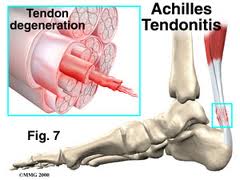Exercise for women 60+ …even a little goes a long way!
A recent study in women aged 60-74, showed that exercising even just two times per week (1 aerobic workout and 1 strength training workout) for 16 weeks can improve aerobic fitness and strength, and reduce fat mass. The greatest benefits were seen in women who exercised four times per week (2 aerobic workouts and 2 strength training workouts). Interestingly, benefits decreased when women exercised six times per week (3 aerobic workouts and 3 strength training workouts).
If you’re a woman 60 years or over, use this study as motivation for safe and effective physical activity levels because even a little bit of exercise can make a difference (just don’t overdo it!). Before starting a new exercise program, make sure your health care professional assesses that you are healthy enough to do so. Exercising is an important step to helping improve your health physically and emotionally, so that you can live your life to the fullest.
So women of all ages: let’s keep moving!
Odette Bulaong, ND

